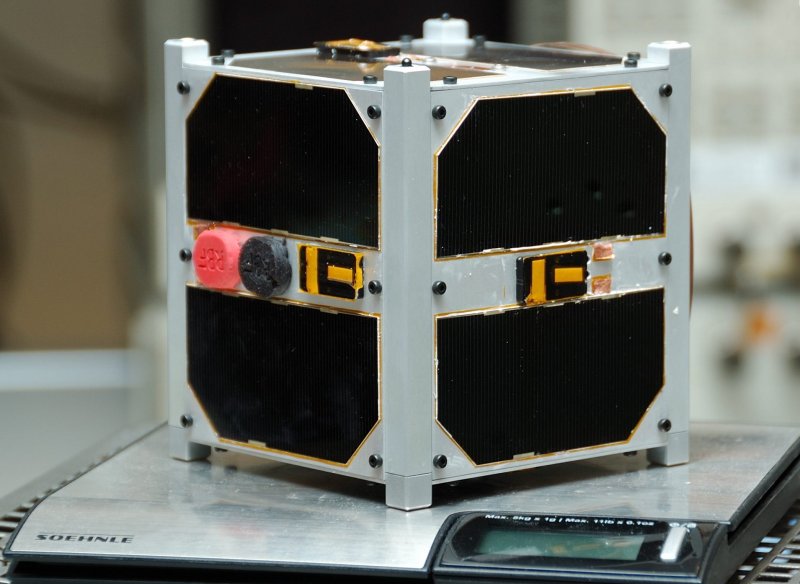Today I am going to talk about recent Chinese satellite launches. In 2007 China launched two navigation satellite, an ocean survey satellite, a Nigerian communication satellite, two remote sensing satellites, two communication satellites, a Brazilian remote sensing satellite and a lunar orbiter.
In 2008 China launched a data relay satellite, two meteorological satellites, a direct broadcast satellite, two disaster monitoring satellites, two satellites to monitor the space environment, two commercial communication satellites, an Earth observation satellite, an optical imaging satellite and a remote sensing satellite.
In 2009 China launched a navigation satellite, an Earth resources satellite, a commercial communication satellite, a military optical reconnaissance satellite, a remote sensing satellite and an additional satellite whose function was not announced.
In 2010 China launched five navigation satellites, three military reconnaissance satellites, three technology satellites, an earth observation satellite, a commercial broadcast satellite, a lunar orbiter, a meteorological satellite and a military communications satellite.
In 2011 China launched three navigation satellites, four commercial communication satellites, two scientific and technology satellites, a data relay satellite, an oceanography satellite, a communication satellite, a space station module, a unmanned spacecraft, a military optical reconnaissance satellite, two Earth observation technology satellites, a technology demonstration satellite, a store and forward messaging satellite and a military reconnaissance satellite.
In 2012 China launched an Earth imaging satellite, a ship tracking satellite, a meteorological satellite, six navigation satellites, two commercial communication satellites, a land survey and mapping satellite, an Earth observation satellite, an experimental nanosatellite1, a military communications satellite, a data relay satellite, a Venezuelan remote sensing satellite, two technology satellites, two Earth observation satellites, three technology demonstration satellites and three military maritime surveillance satellites.
In 2013 China launched two Earth observation satellites, three technology cubesats2, two commercial communications satellites, a military technology satellite, three technology satellites, three Russian military communications satellites, three military maritime surveillance satellites, a meteorological satellite, a military SAR radar imaging satellite, a military optical imaging satellite, an experimental Earth resources satellite and a lunar lander and rover.
From 2007 to the present, China has launched:
· 1 commercial broadcast satellite
· 11 commercial communication satellite
· 3 communication satellite
· 3 data relay satellite
· 1 direct broadcast satellite
· 11 disaster monitoring satellite
· 1 experimental Earth resources satellite
· 1 Earth imaging satellite
· 7 Earth observation satellite
· 1 Earth observation technology
· 1 Earth resources satellite
· 1 experimental nanosatellite
· 1 land survey and mapping satellite
· 1 lunar lander and rover
· 2 lunar orbiter
· 5 meteorological satellite
· 2 military communications satellite
· 6 military maritime surveillance satellites
· 1 military optical imaging satellite
· 2 military optical reconnaissance satellite
· 2 military reconnaissance satellite
· 1 military SAR radar imaging satellites
· 1 military technology satellite
· 17 navigation satellites
· 1 ocean survey satellite
· 1 oceanography satellite
· 1 optical imaging satellite
· 5 remote sensing satellites
· 2 scientific and technology satellite
· 1 ship tracking satellite
· 2 space environment monitoring satellites
· 1 space station module
· 1 spacecraft without a crew
· 1 store and forward messaging satellite
· 3 technology cubesats
· 4 technology demonstration satellites
· 8 technology satellites
Notes:
1. Nanosatellites are tiny research satellites that are between 2.2 pounds and 22 pounds.
2. A CubeSat is a cube-shaped research satellite that usually has a volume of exactly one liter (10 cm cube) or about four inches on a side with a mass of no more than ten pounds. They are often constructed commercial off-the-shelf electronic components.
Cubesat:
